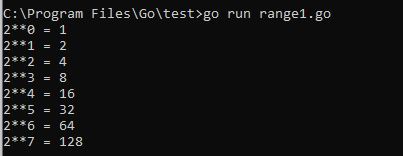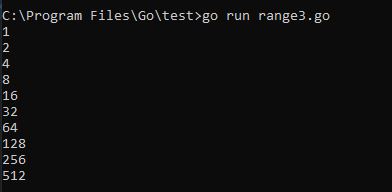Ranges and Maps in Golang
In Go (Golang), ranges and maps are fundamental concepts used for iterating over collections of data and storing key-value pairs, respectively.
Ranges in Go provide a convenient and concise way to iterate over elements in arrays, slices, maps, channels, or strings. They enable sequential access to the elements of a collection without needing explicit loop constructs, promoting simpler and more readable code. Ranges are commonly used in Go for tasks like iterating over arrays/slices to process each element or reading messages from channels.
Maps in Go are a key data structure use for storing and retrieving key-value pairs. They provide an efficient way to associate values with keys, allowing constant-time complexity for insertions, deletions, and lookups (on average). Maps in Go are unorder collections, meaning that the iteration order over map elements is not guarante. Maps are widely use in Go for tasks like caching, maintaining counts, or implementing lookup tables.
Understanding how to effectively use ranges for iteration and maps for key-value storage is essential for writing efficient and idiomatic Go code. Mastery of these concepts enables developers to leverage Go's powerful features for data processing and storage effectively.
Prerequisites
Hardware : Local Machine
Simple range program

Output :

Initializing slices using range.

Output :

Map
Simple map program

Output :



